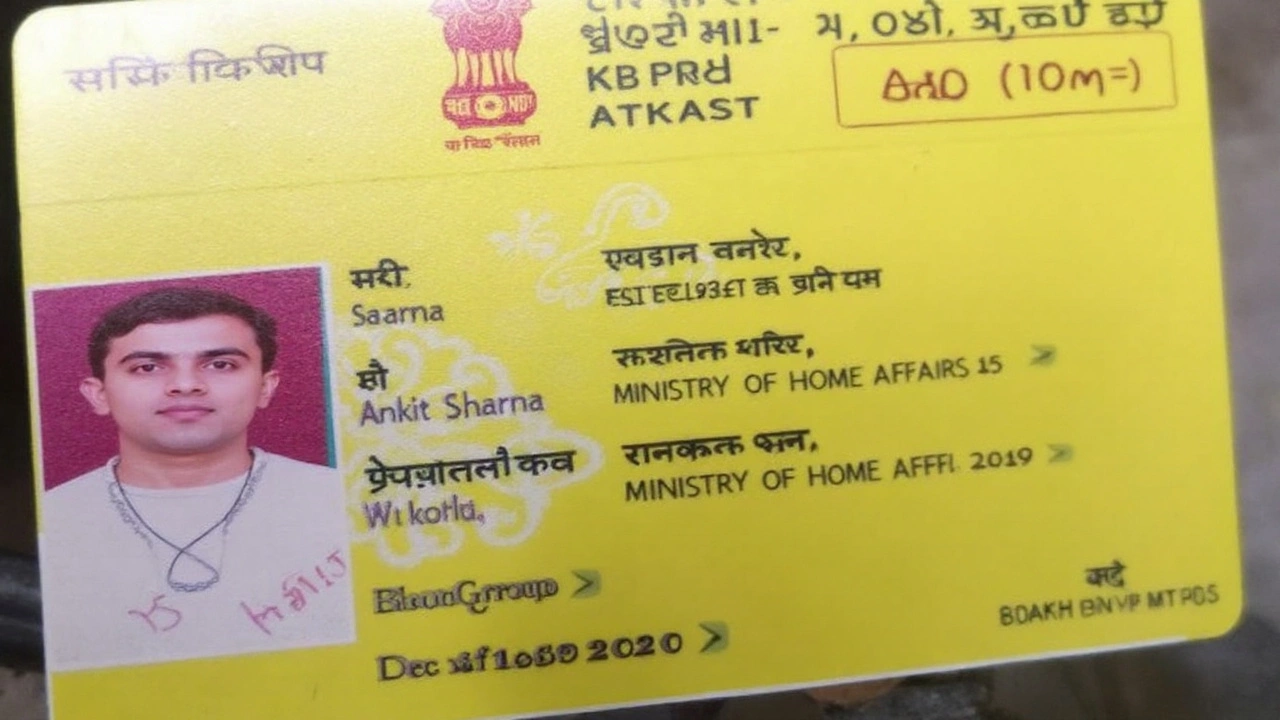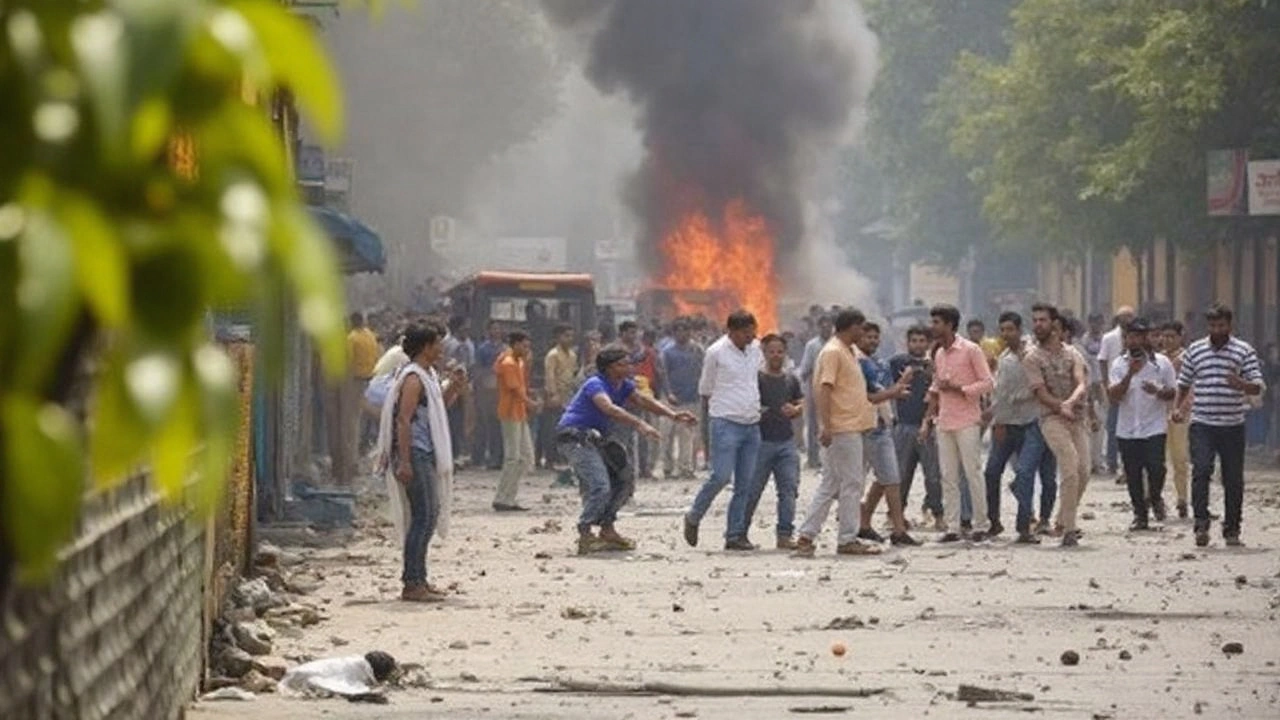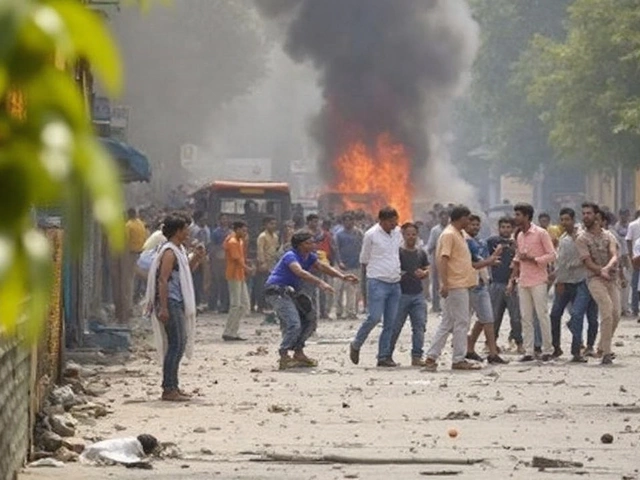What happened to Ankit Sharma
Ankit Sharma left his northeast Delhi home on February 25, 2020, to pick up groceries. He never came back. The 26-year-old Intelligence Bureau Security Assistant vanished amid fierce communal violence that had engulfed parts of the city for days. Two days later, his body was pulled from a drain in Chand Bagh.
The post-mortem painted a horrifying picture: more than 200 injuries, deep stab wounds, and blunt force trauma. Investigators said he was attacked by a mob near the Chand Bagh bridge, beaten with stones and weapons, then dumped in the water. His death quickly became one of the defining crimes of the 2020 unrest, which left 53 people dead and hundreds injured as protests and counter-protests over the Citizenship Amendment Act spiraled into street battles.
Delhi Police named former Aam Aadmi Party councillor Tahir Hussain as a key accused, along with several others. Officers allege a conspiracy to target Sharma during the mayhem. Hussain has consistently denied wrongdoing, saying he’s been framed and that he tried to protect people and call for help as violence raged. The case against him is separate from other riot-linked matters in which he also faces charges.
The larger context matters. The riots unfolded over four days across several neighborhoods in Northeast Delhi. Chand Bagh, Khajuri Khas, Jaffrabad, and Maujpur saw some of the worst clashes, arson, and looting. Police registered hundreds of FIRs across riot-related incidents. Sharma’s killing stood out because of its brutality and because he worked for a central security agency, putting intense scrutiny on both the investigation and the courts.

Where the case stands now
The investigation into the Ankit Sharma murder case has stretched over multiple charge sheets, witness statements, and forensic reviews. Police have charged the accused under sections related to murder, rioting, unlawful assembly, and criminal conspiracy. Key arrests happened in bursts as officers chased down leads and digital trails. In October 2022, police arrested Muntajim—alleged to be a crucial player in planning the attack—from Meerpet in Telangana.
By March 2023, a trial court framed charges against the main accused, opening the door to a full-fledged trial. Hussain has filed for bail more than once, arguing there isn’t credible evidence tying him to the killing. Prosecutors say call records, witness accounts, and material recovered from buildings linked to the accused undercut those claims. Judges have leaned on a familiar balance: the presumption of innocence versus the gravity of the allegations.
What makes this case difficult to try? First, the sheer scale of the riots. Hundreds of related cases flooded courts at once, and pandemic-era delays didn’t help. Second, much of the evidence is layered—CCTV footage from multiple sites, cell tower data in crowded neighborhoods, and witness testimonies recorded under stress. Third, several accused face charges in more than one case, creating a scheduling maze for hearings and cross-examinations.
Inside the courtroom, the arguments have stuck to basics: where the accused were when the violence peaked, what they did, and whether their actions point to a plan. The defense has tried to poke holes in timelines and identification, questioning if witnesses could reliably name attackers in chaos. The prosecution has leaned on patterns—movements, messages, and alleged stockpiling of petrol bombs and projectiles in adjacent cases—to argue there was a larger plan.
For Sharma’s family, the wait has been raw and personal. They marked anniversaries at home and at the site where his body was found, asking for a verdict that matches the brutality described in the autopsy. Their lawyer has pushed for faster hearings and stronger protection for witnesses, arguing that time weakens memories and resolve.
Here’s how the case has unfolded so far:
- Feb 25, 2020: Ankit Sharma goes missing amid riots in Northeast Delhi.
- Feb 27, 2020: His body is found in a Chand Bagh drain with over 200 injuries noted in the post-mortem.
- 2020–2022: Police file charge sheets; multiple arrests follow across states.
- Oct 2022: Police arrest Muntajim in Meerpet, Telangana, calling him a key conspirator.
- Mar 2023: A Delhi court frames charges against the accused, setting the stage for trial.
- 2023–2024: Bail pleas and procedural hearings continue; prosecution and defense spar over evidence strength and witness credibility.
The legal battle sits inside a larger reckoning over how Delhi handles mass-violence cases. Some riot trials have ended in convictions, others in acquittals, and many are still in progress. Judges at Karkardooma have repeatedly urged both sides to stay focused on facts—dates, places, movements—rather than rhetoric. The stakes are obvious: a case this brutal tests faith in the system. If it drags or stumbles, it damages trust well beyond one courtroom.
For now, the path is familiar but slow. Witnesses continue to be examined. Bail is argued and re-argued as new pieces of evidence are debated. The defense presses for doubt; the prosecution presses for motive and sequence. And in a corner of Chand Bagh, a family waits for a verdict that, in their view, can never fully repay what was lost.


